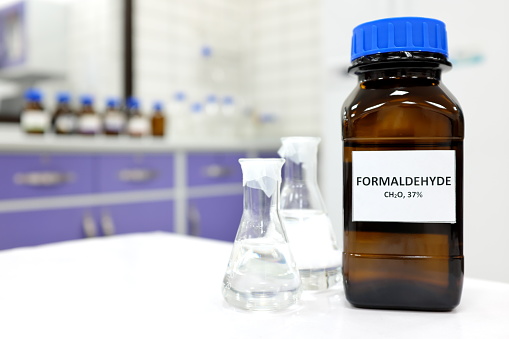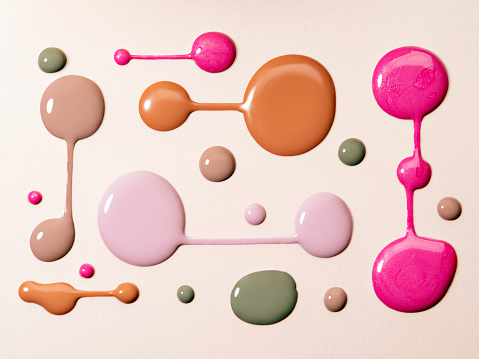Table of Contents
If for some time in the beauty world (and not only) we have been moving towards the path of environmental sustainability and vegan and cruelty free cosmetics, now the nail art sector has also accepted the challenge. Let’s see below how to recognize non-toxic and natural glazes.
Non-toxic and natural nail polishes: how to recognize them?
If the future of the planet is truly green, then the whole world must adapt. This is the basic thought of nail art and therefore of the enamel world in general, which are taking more and more steps towards a greener system and pro environment.
The solution in practice? Non-toxic and natural, organic nail polishes, with cruelty free, vegan and clean formulations. But all this without giving up the trends of the moment, colors and textures that are easy and practical for drafting.
Non-toxic and natural enamels: the prohibited ingredients
But how to recognize glazes of this type? First, you have to see if certain ingredients are present or absent, considered harmful to nail health. In particular, the presence of chemicals derived from petroleum, lead and formaldehyde are considered to be among the most harmful to humans and the ecosystem.
From these premises, in order to understand if these ingredients are present, you have to read the INCI of the enamel.
And ultimately, therefore, make sure that the following substances are not included:
- formaldehyde
- formaldehyde resin
- camphor
- toluene
- DBP.

Non-toxic and natural enamels: the advice
In addition to having to read the INCI of the products, to understand if the glazes are non-toxic and completely (or almost) natural products, you need to look for the words “FREE“. This is a very simple and intuitive method, which allows you to immediately identify which formulations contain the so-called harmful ingredients and which do not.
It must be said, however, that unfortunately there is not yet a rule in force which establishes unambiguously and universally the presence or absence of such substances in cosmetic products. Then, the difficult task of deciding is up to the various companies whether to include them or not.
In this way we find enamels that have the words “3 FREE“, Where toluene, formaldehyde and DBP are not present. Or “4 FREE“, Where camphor is also absent and finally,“ 5 FREE ”, where all five of the harmful substances listed above are missing.
Indeed, there are nail polishes that have the inscription “10 FREE”, where there are also no parabens and other substances with a high toxic risk.
How to make non-toxic and natural glazes
Obviously, if certain components are missing, the glazes must be formulated with other substances and ingredients. In most cases, we find thewater as the main element that replaces the previous ones. And its presence is not only an advantage in terms of environmental sustainability but also for the health of the nails, which are hydrated and nourished in a natural way.
The only downside to water-based glazes is theirs shorter-term retention, compared to traditional and more “chemical” glazes.

Then, other types of natural glazes are those with completely vegan formulations. In these cases, the harmful substances are replaced with cruelty free substances such as guanine, carmine, keratin and shellac.
Finally, as far as organic glazes are concerned, the only certain consideration we can make is that the colors are made with mineral powders.







